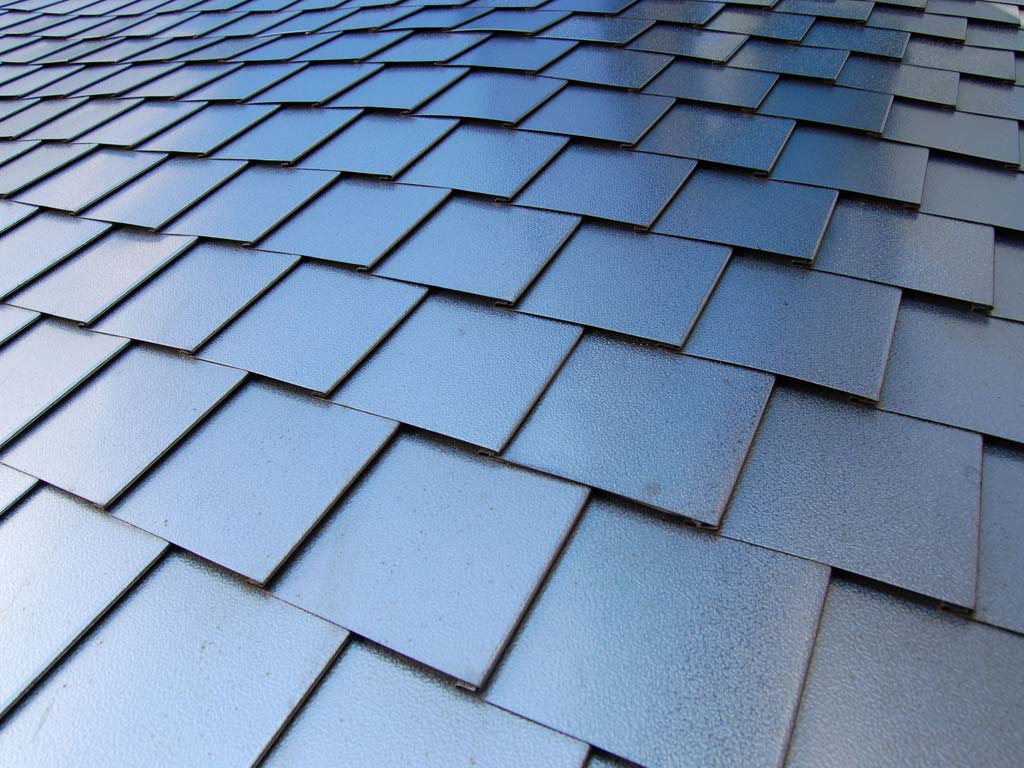




Non-Destructive Testing (NDT) using Ground Penetrating Radar (GPR).
What are the benifits of Ground Penetrating Radar (GPR)?
With the transmitter and receiver within the same antenna unit, concrete scanning can be performed from one surface. This is especially important when there is no access to the underside of the concrete.
GPR uses radio waves therefore the testing is safe, quick and with a portable display can produce real time line scanning of the concrete and subsurface objects.
We only use state of the art GPR equipment that has been tried and tested for many years, is fully portable and runs entirely on batteries making for a safer work environment with no requirement for long extension cables or on-site power.
Unlike cover meters that were used in the past to locate reinforcement. GPR can detect deeper objects (eg a 1.6GHz antenna can detect up to 0.5m) and also non-metallic objects such as conduits.
The slab thickness may also be detected which can be critical when drilling or coring into the concrete if you do not wish to penetrate fully through the concrete. Full depth cores can have their own complications, such as where the core hole will come out, for further information please refer to our exit point location page.
For engineers who do not wish to penetrate concrete beams, thickenings and footings, GPR may be able to locate areas of increased concrete thickness.
GPR is ideal for locating Post Tension-cables (PT), steel reinforcement, and conduits making it safer to drill, cut or core concrete.
GPR may also be able to detect voiding within and under concrete slabs.


Non-Destructive Testing - Ground Penetrating Radar
